The rise and fall of the knights of templar
The Knights Templar, an order shrouded in mystery and intrigue, have captured the imagination of history buffs and adventure seekers alike. Known for their distinctive white mantles emblazoned with a red cross, they played a crucial role during the Crusades.
Their reputation as fierce warriors and devout monks made them legendary figures. But beyond the battlefield, their influence extended into finance, architecture, and politics, leaving a legacy that continues to fascinate to this day.
The Mysterious Origins of the Templar Order

The origins of the Knights Templar trace back to the early 12th century in Jerusalem, amidst the fervor of the Crusades. Founded by nine French knights, the order’s initial mission was to protect Christian pilgrims traveling to the Holy Land.
Despite their humble beginnings, they quickly gained the support of influential figures like Bernard of Clairvaux, who championed their cause. This early alliance with the Church set the stage for the Templars to grow into one of the most powerful orders in medieval Europe.
The First Crusade: A Call to Arms
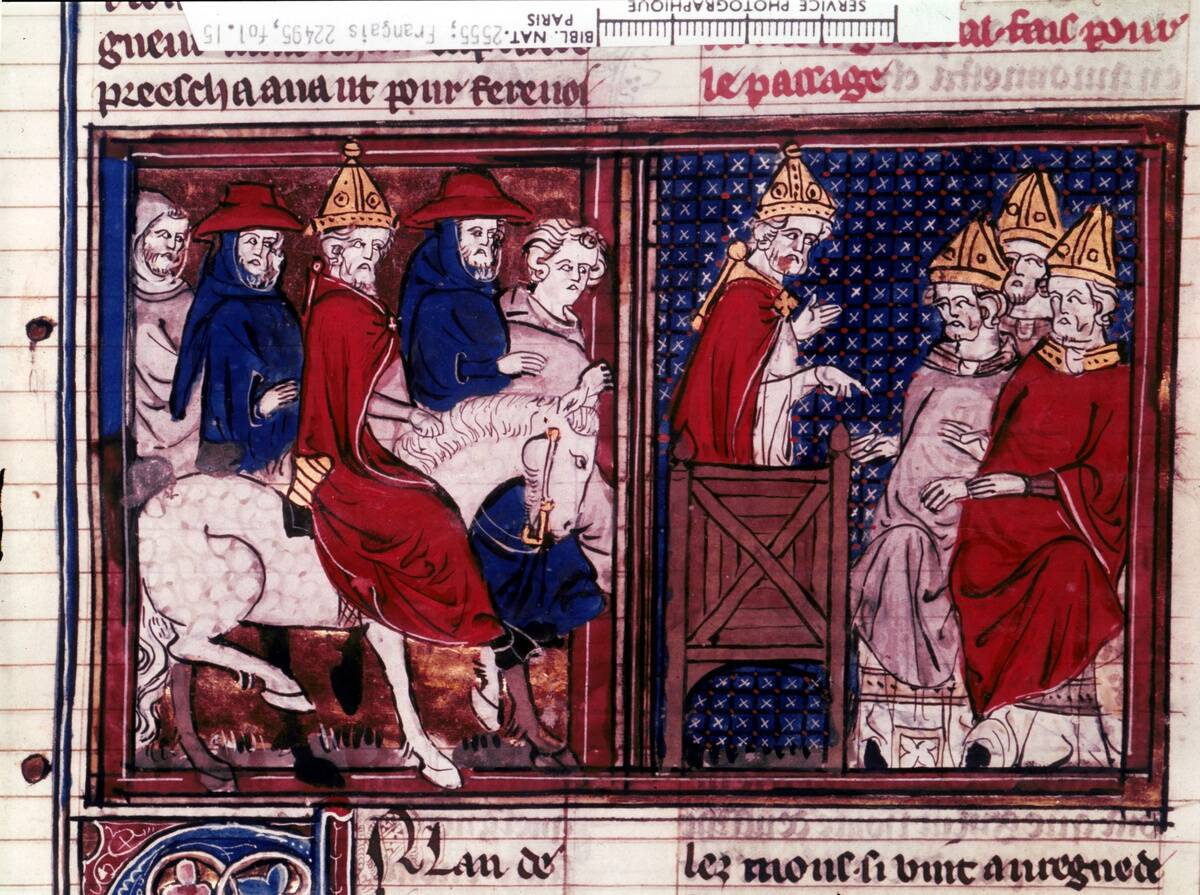
The First Crusade, launched in 1096, was a pivotal moment in history that set the stage for the rise of the Knights Templar. Pope Urban II’s call for a holy war to reclaim Jerusalem inspired thousands of knights and commoners to take up the cross.
The successful capture of Jerusalem in 1099 marked a triumph for the Crusaders. It was in this volatile environment that the Templars emerged, initially as humble protectors of pilgrims but soon evolving into a formidable military force.
The Founding of the Knights Templar
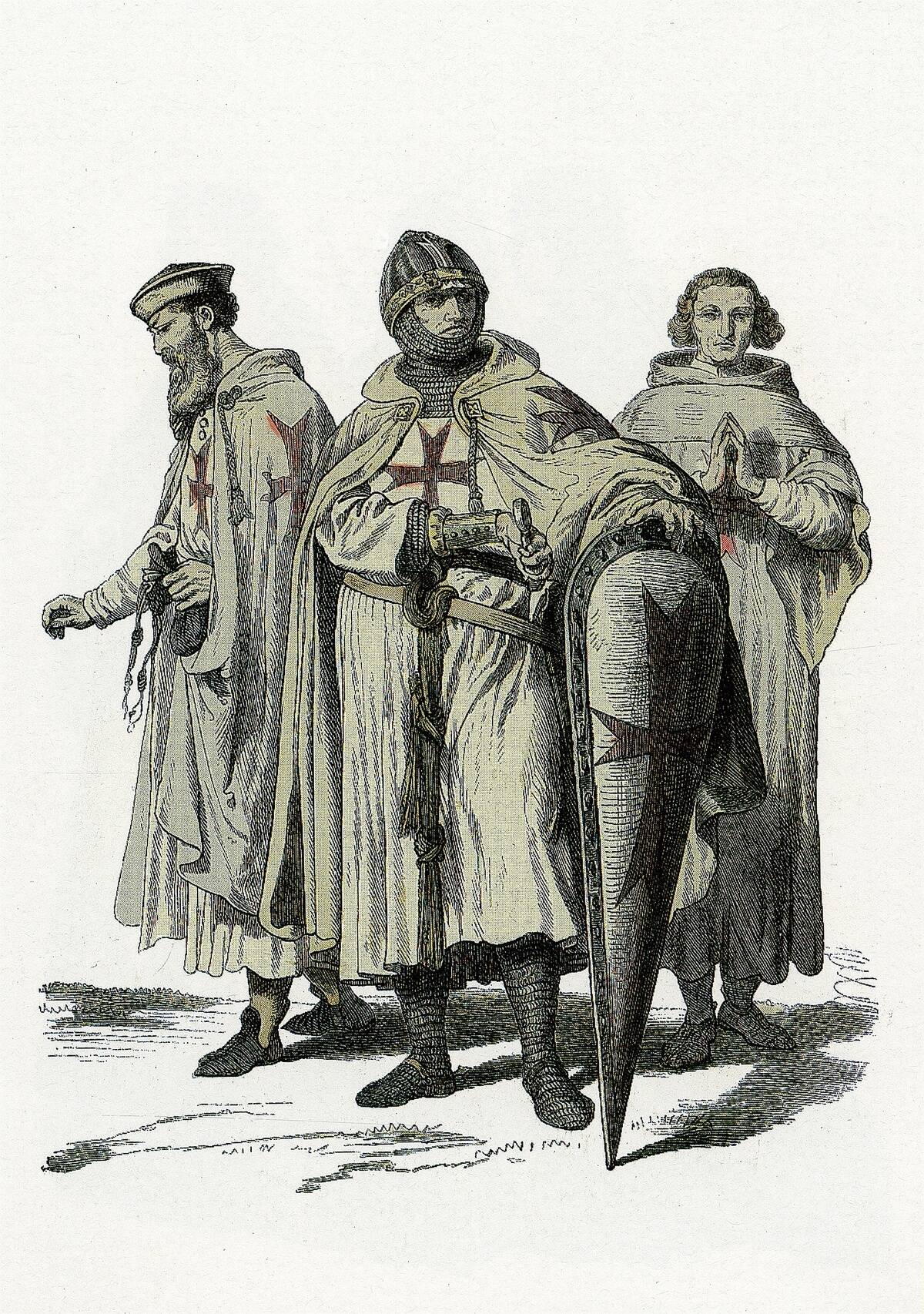
The formal establishment of the Knights Templar occurred in 1119 when Hugh de Payens and his fellow knights vowed to serve Christendom. Initially based in the captured Al-Aqsa Mosque, which they dubbed the Temple of Solomon, the Templars pledged to live austere lives of poverty, chastity, and obedience.
Their dedication caught the attention of King Baldwin II of Jerusalem, who granted them quarters on the sacred Temple Mount. This strategic location further solidified their symbolic connection to Jerusalem’s holy sites.
The Templars’ Sacred Mission
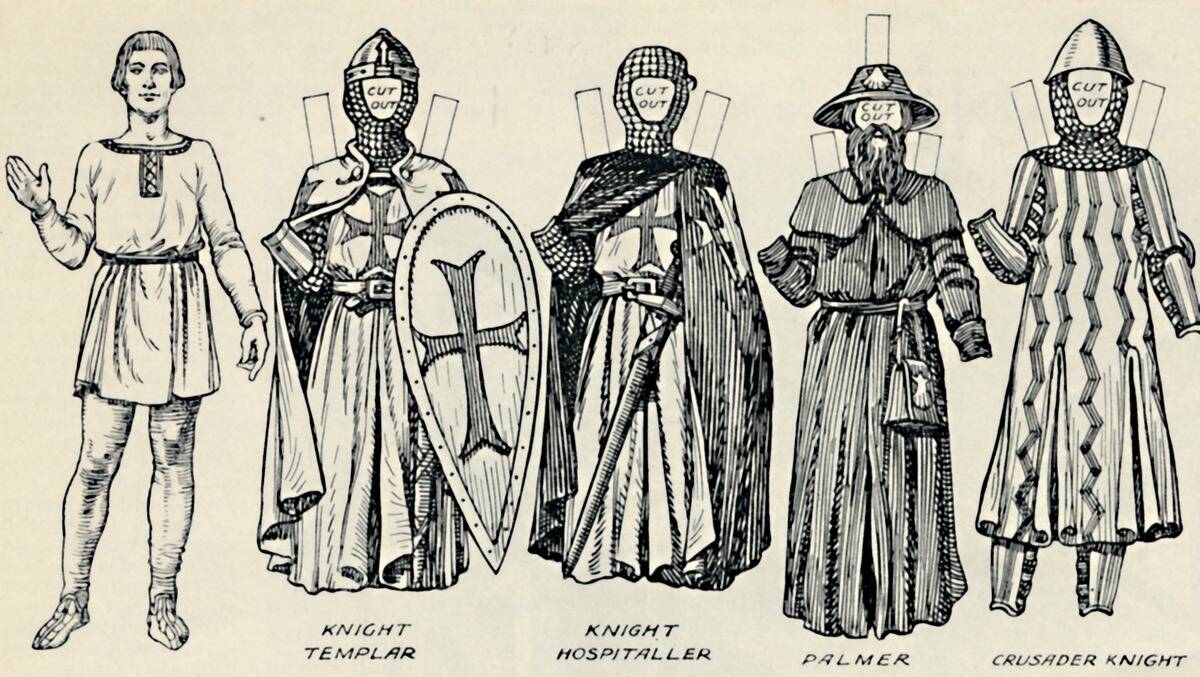
At the heart of the Templar mission was the protection of Christian pilgrims traveling to the Holy Land. This sacred duty required the knights to patrol dangerous routes and fend off hostile forces. However, their mission quickly expanded to include participation in military campaigns to defend the Crusader states.
Their role as both protectors and warriors made them indispensable to the Christian cause. This dual identity as monks and soldiers set the Templars apart from other religious orders of the time.
The Templar Code of Conduct
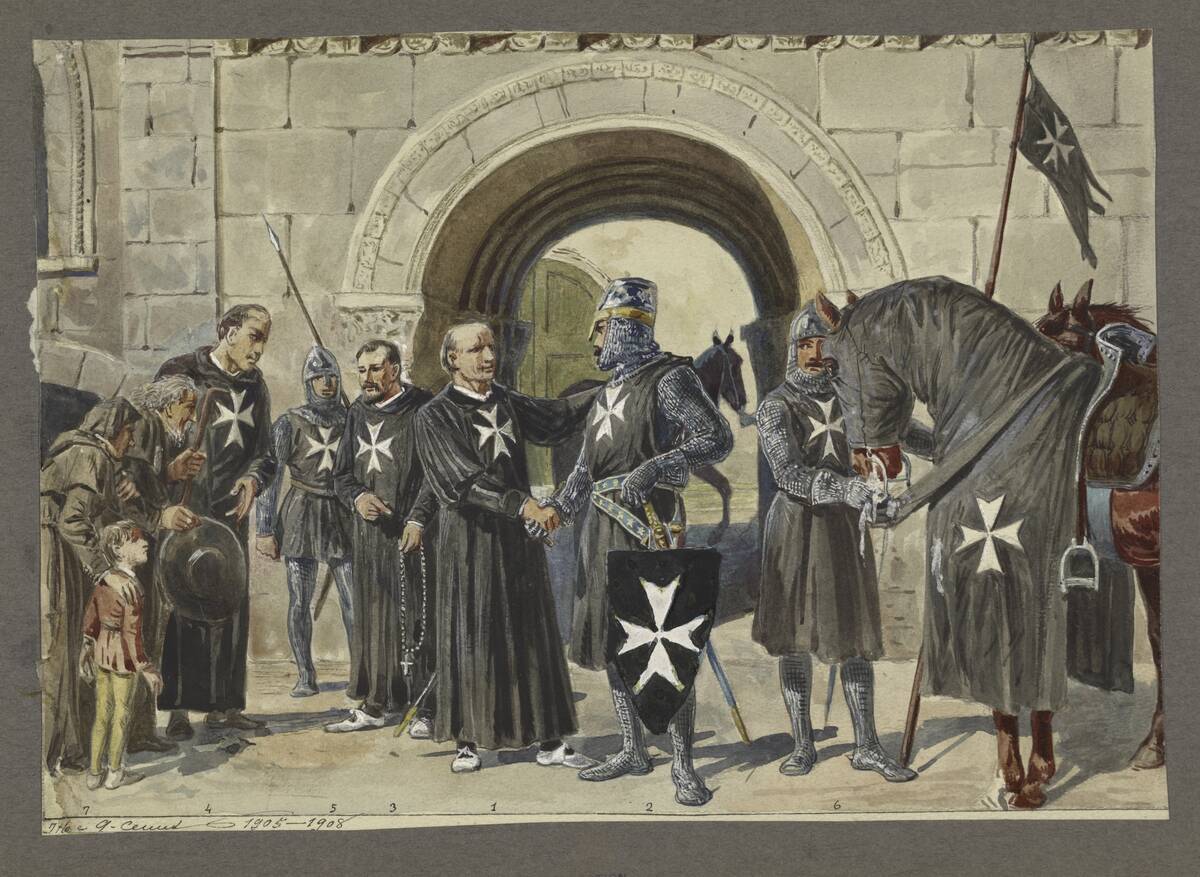
The Templars adhered to a strict code of conduct, known as the Latin Rule, which was introduced in 1129. This code outlined the daily life of a Templar knight, emphasizing discipline, humility, and obedience.
A Templar’s day was divided between prayer, labor, and combat training, reflecting their dual commitment to spiritual and martial excellence. The Rule also imposed a prohibition on personal wealth, ensuring that the knights remained focused on their mission rather than material gain.
The Rapid Expansion of the Order
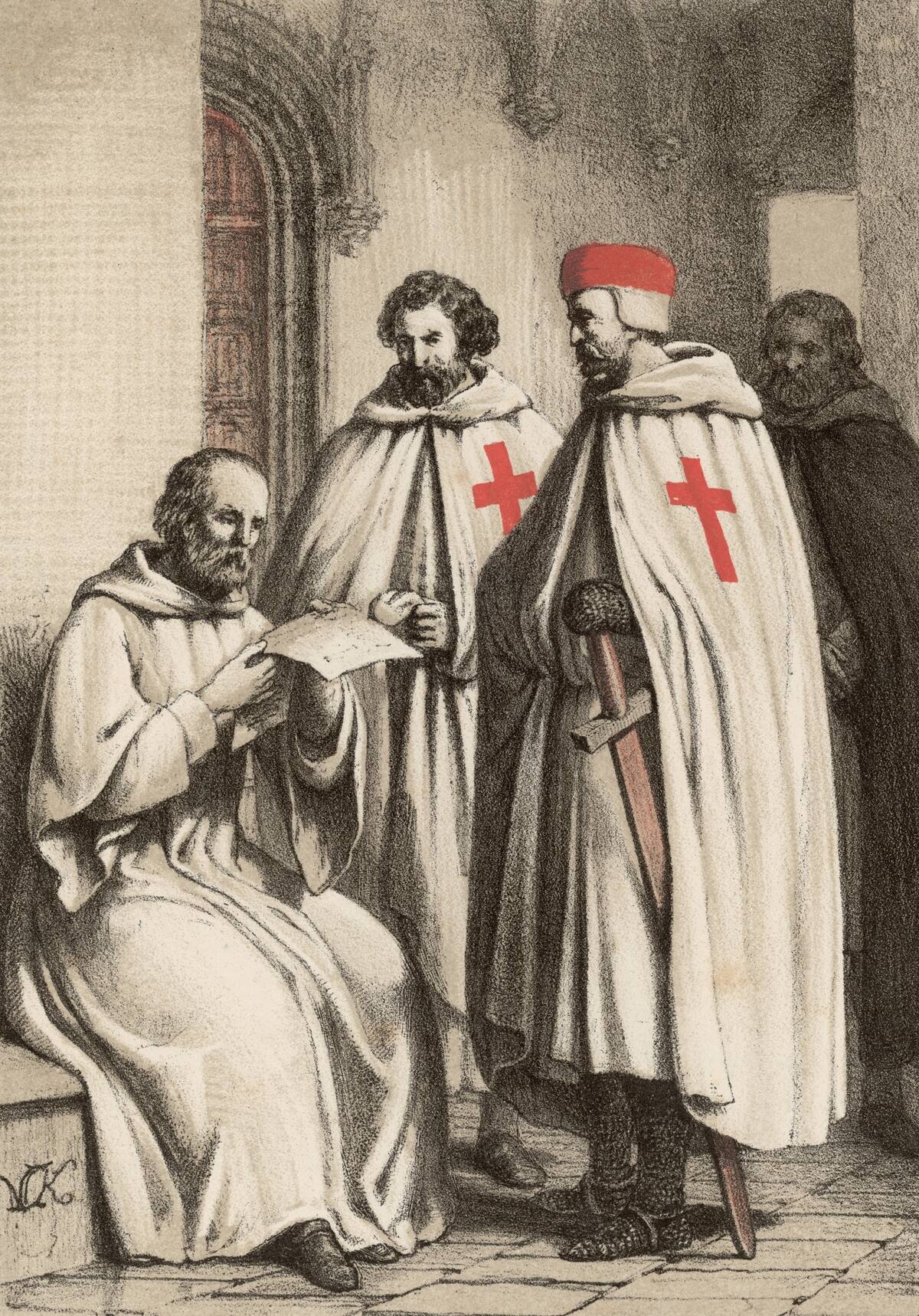
The Knights Templar experienced rapid growth, expanding their influence across Europe and the Holy Land. By the mid-12th century, they had established a network of preceptories and commanderies, serving as administrative and training centers.
This expansion was fueled by generous donations of land, money, and resources from European nobility. The Templars’ reputation as valiant defenders of the faith attracted support from monarchs and commoners alike, solidifying their power and prestige across Christendom.
The Templar’s Role in the Crusades
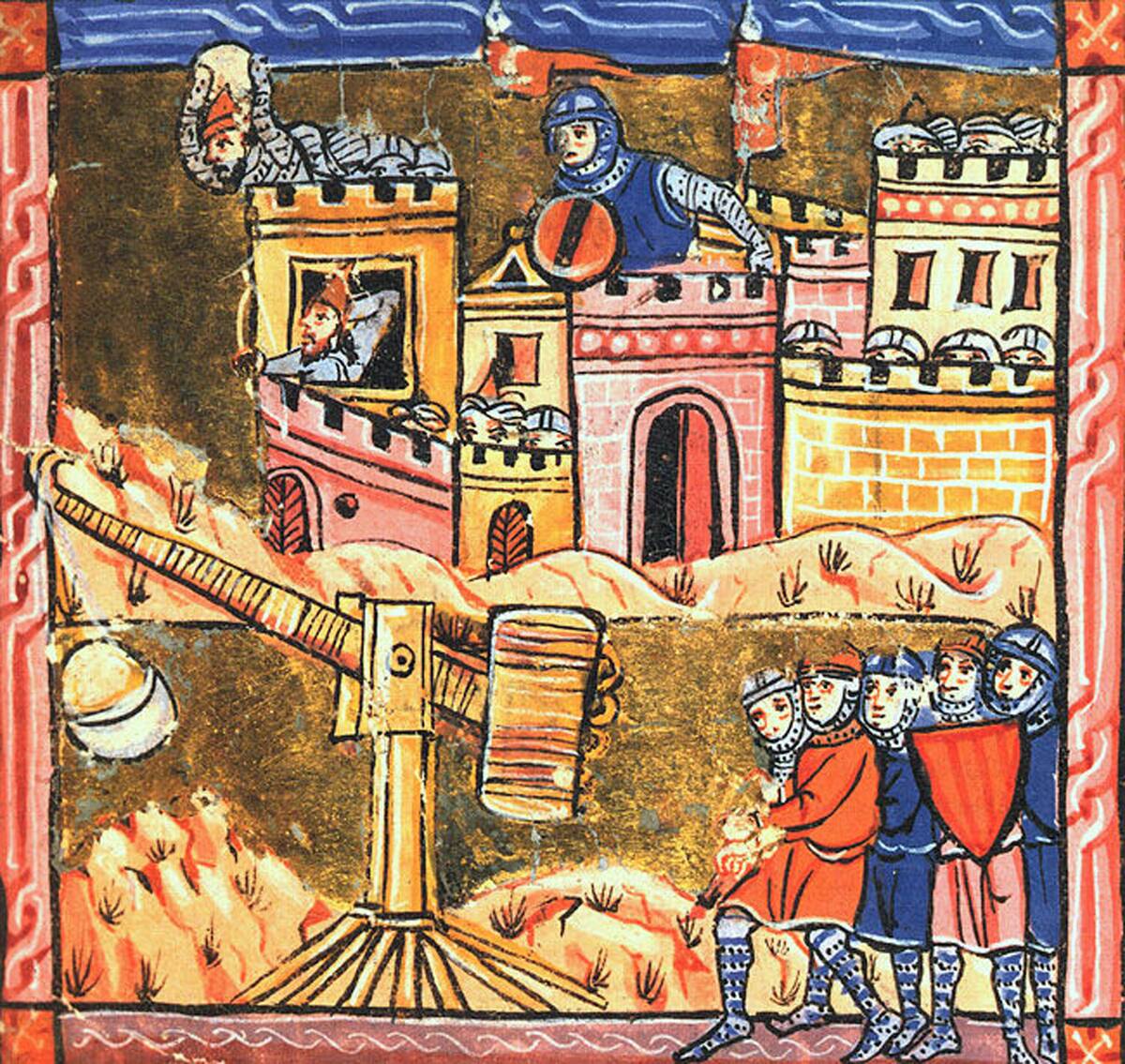
The Knights Templar played a crucial role in the Crusades, participating in significant battles such as the Siege of Acre and the Battle of Hattin. Renowned for their bravery and discipline, the Templars often spearheaded charges against enemy forces.
Their distinctive white mantles and red crosses made them easily recognizable on the battlefield. This fearsome reputation not only intimidated their foes but also bolstered the morale of allied troops. The Templars’ martial prowess became a cornerstone of their enduring legacy.
The Templar Castles: Fortresses of Power
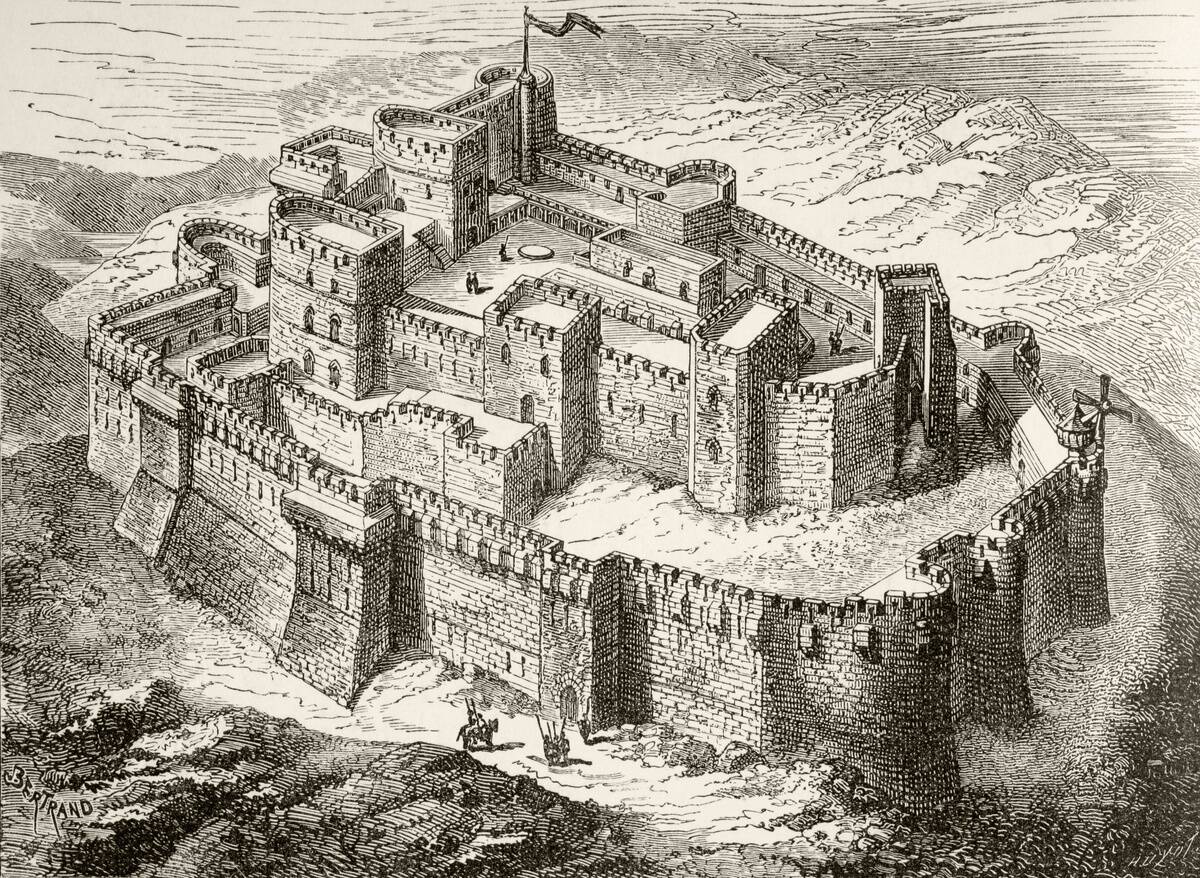
To secure their territories and protect key routes, the Templars constructed an impressive array of castles and fortifications. These structures, such as the formidable Krak des Chevaliers in Syria, served as both military strongholds and administrative centers.
Templar castles were renowned for their strategic locations, innovative design, and formidable defenses. They played a vital role in maintaining the stability of the Crusader states, acting as bastions of power and protection against hostile forces.
The Templars and Their Secretive Finances
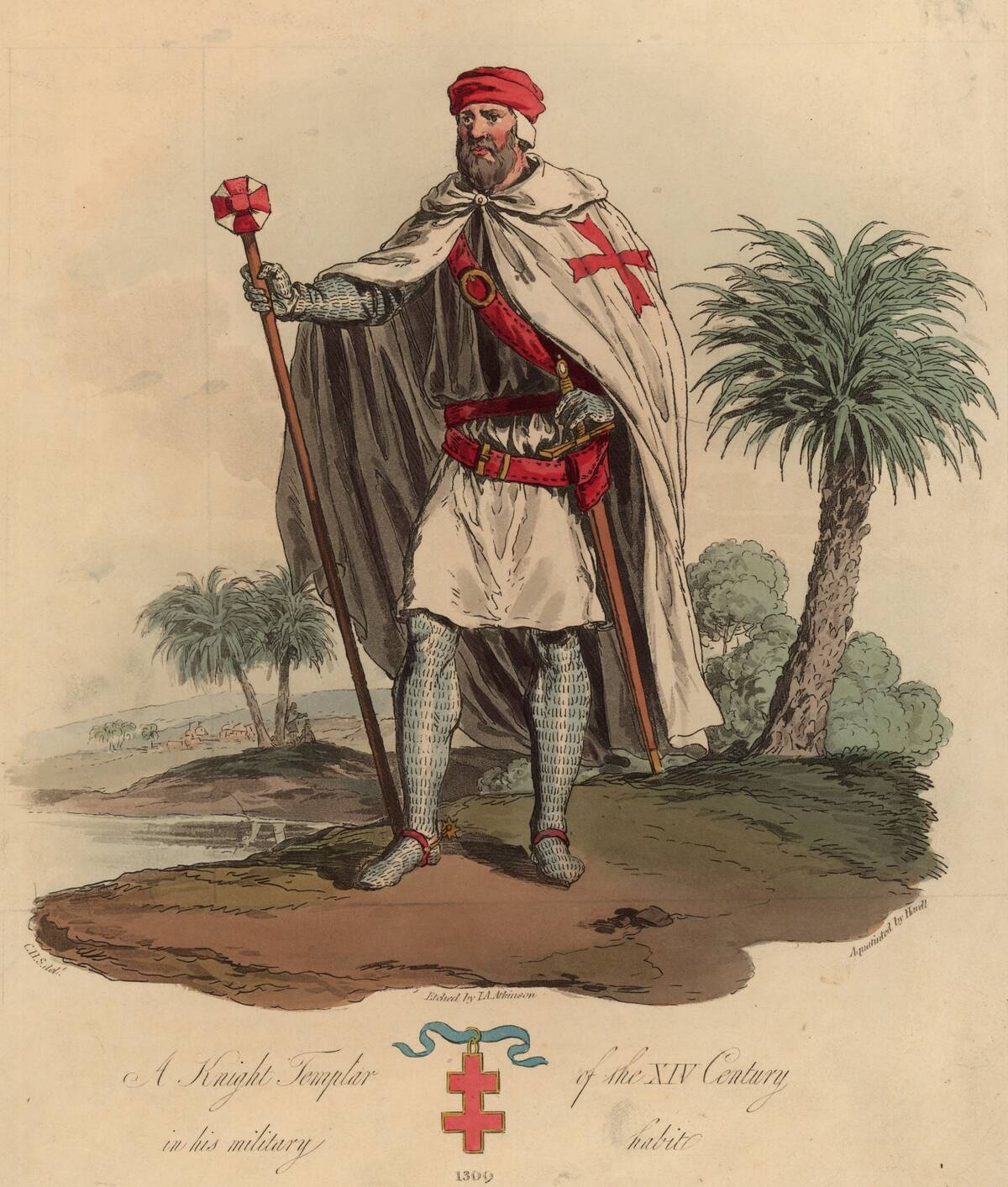
The Knights Templar were not only warriors but also shrewd financiers. They developed an early form of banking, allowing pilgrims to deposit funds in Europe and withdraw them in the Holy Land. This system not only safeguarded wealth but also facilitated the movement of money across vast distances.
The Templars’ financial acumen led to the accumulation of vast riches and land holdings, making them one of the wealthiest organizations of their time. Their financial dealings, however, would later become a source of suspicion and envy.
The Templar Mystique: Myths and Legends
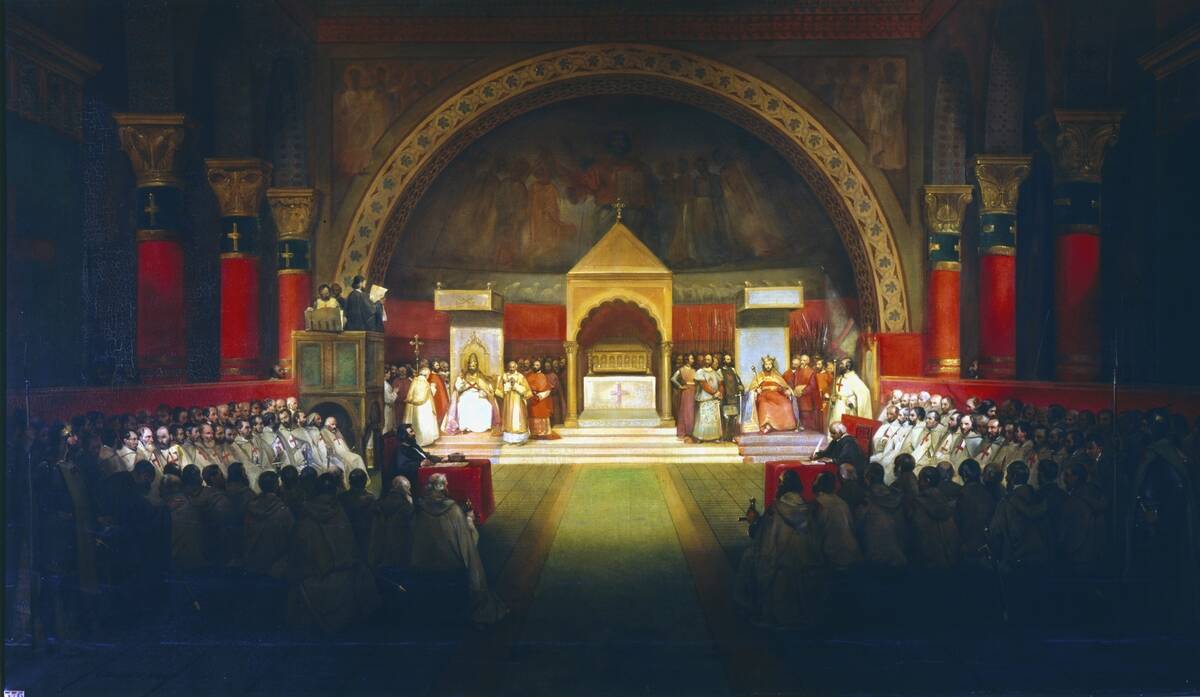
Over the centuries, the Templars have become the subject of numerous myths and legends. Some tales suggest they discovered sacred relics, such as the Holy Grail or the Ark of the Covenant, hidden beneath the Temple Mount. Others speculate about hidden treasures and secret rituals.
While these stories are intriguing, they often blur the line between fact and fiction. The mystique surrounding the Templars has inspired countless books, movies, and conspiracy theories, keeping their legacy alive in popular culture.
The Templar Influence on Medieval Society
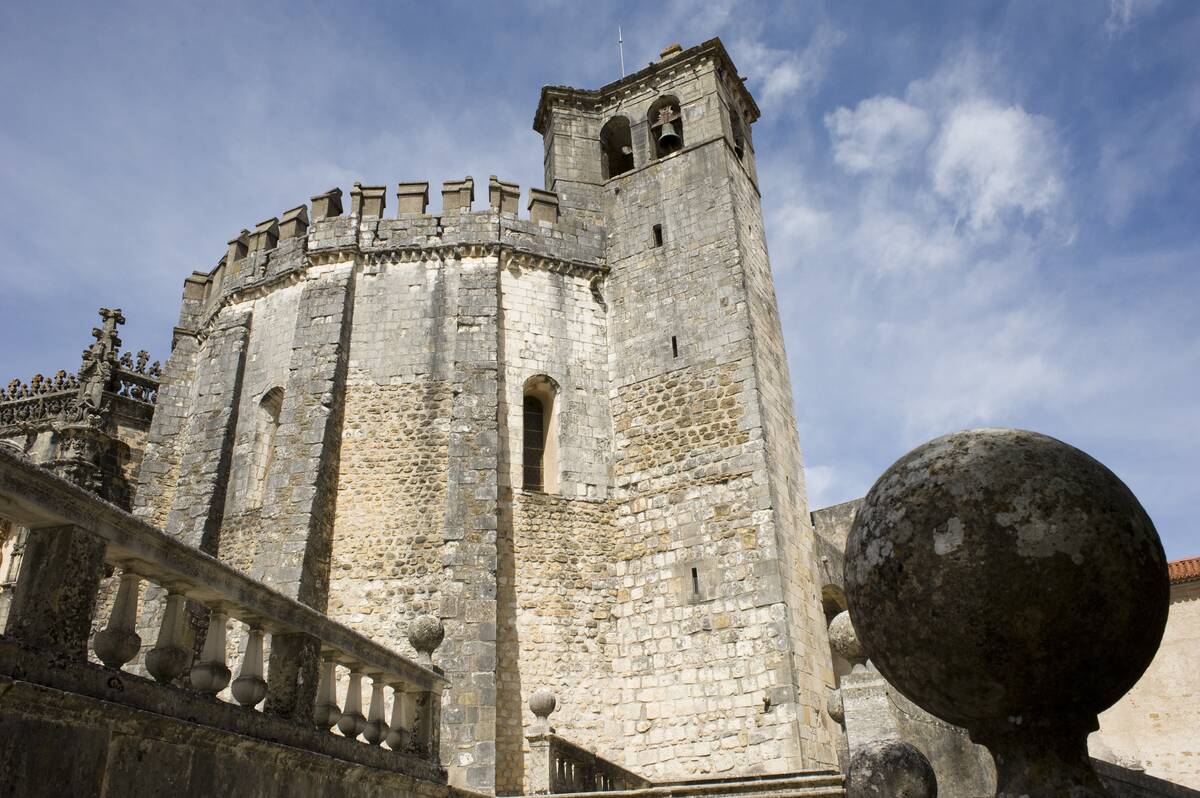
The Knights Templar wielded significant influence over medieval society, impacting religious, economic, and political spheres. Their military prowess and strategic alliances made them formidable power brokers in European courts. The Templars’ financial innovations laid the groundwork for modern banking practices, influencing economic systems for centuries.
Additionally, their architectural achievements, particularly their distinctive round churches, left a lasting mark on the landscape. The Templars’ multifaceted legacy continues to shape our understanding of the medieval world.
The Decline: Political Tensions and Rivalries

The decline of the Knights Templar was precipitated by political tensions and rivalries within and outside of Christendom. By the late 13th century, the loss of the Holy Land to Muslim forces diminished the Templars’ military relevance.
Simultaneously, their immense wealth and power aroused the envy of European monarchs, particularly King Philip IV of France. Political machinations and false accusations of heresy were used to undermine the order, setting the stage for its eventual downfall.
Friday the 13th: The Fall of the Knights Templar
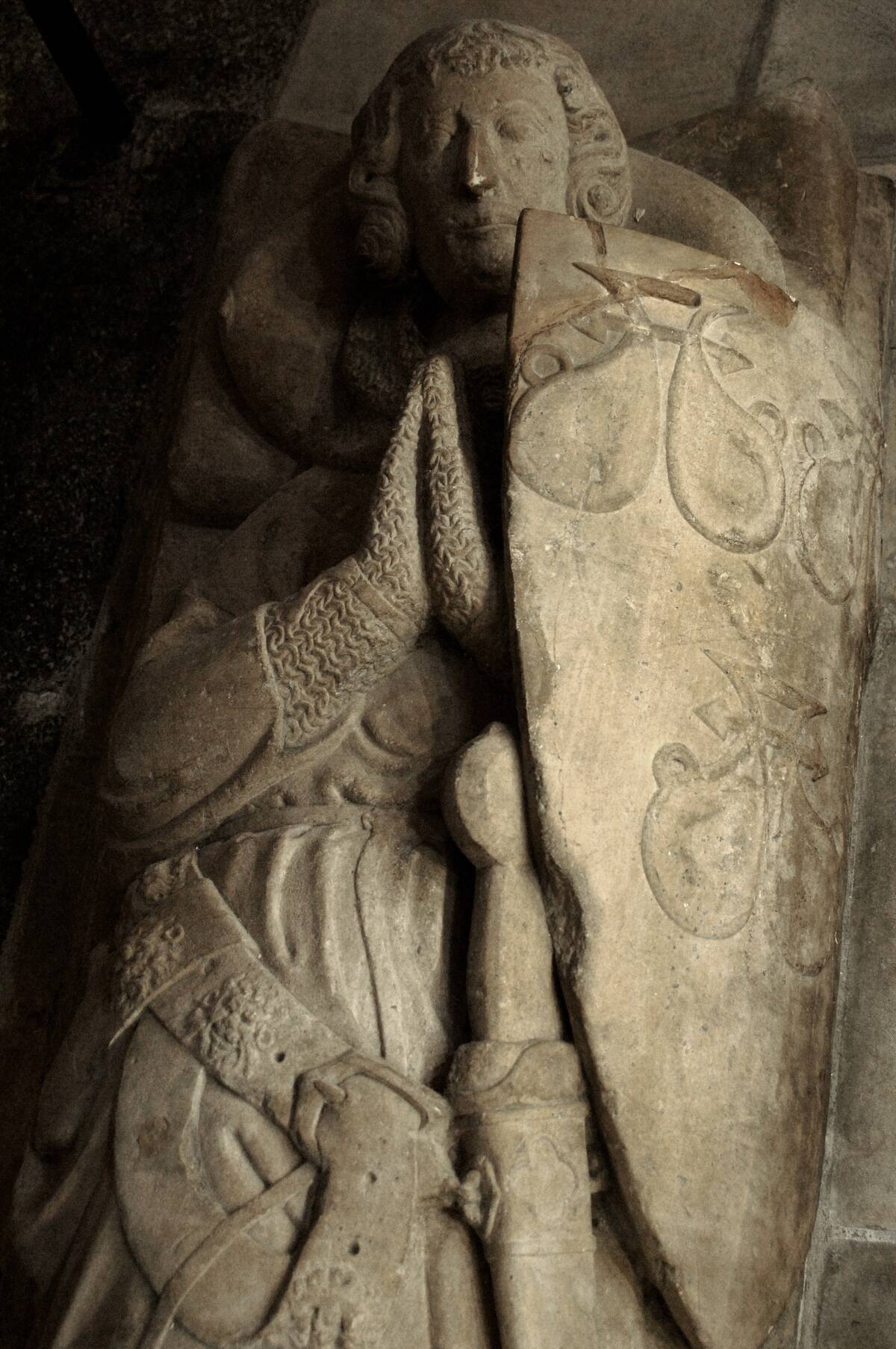
The dramatic fall of the Knights Templar began on Friday, October 13, 1307, when King Philip IV ordered the arrest of the Templar leadership in France. This event, now synonymous with superstition, marked the beginning of the end for the order.
Under torture, many Templars confessed to heretical practices, though these confessions were later recanted. The pope eventually dissolved the order in 1312, redistributing their assets. The fall of the Templars remains a cautionary tale of power, politics, and betrayal.
The Trials and Tribulations of the Templar Knights

Following their arrest, the Knights Templar faced a series of trials that lasted several years. Accusations of heresy, blasphemy, and other crimes were levied against them in ecclesiastical courts. Despite their stoic resistance, many knights were convicted and executed.
The trials revealed the extent of political manipulation involved in their downfall. While some members managed to escape persecution, the order’s dissolution left a void in Christendom. The Templars’ trials remain a testament to the perils of unchecked power and ambition.
The Last Grand Master: A Martyr’s End
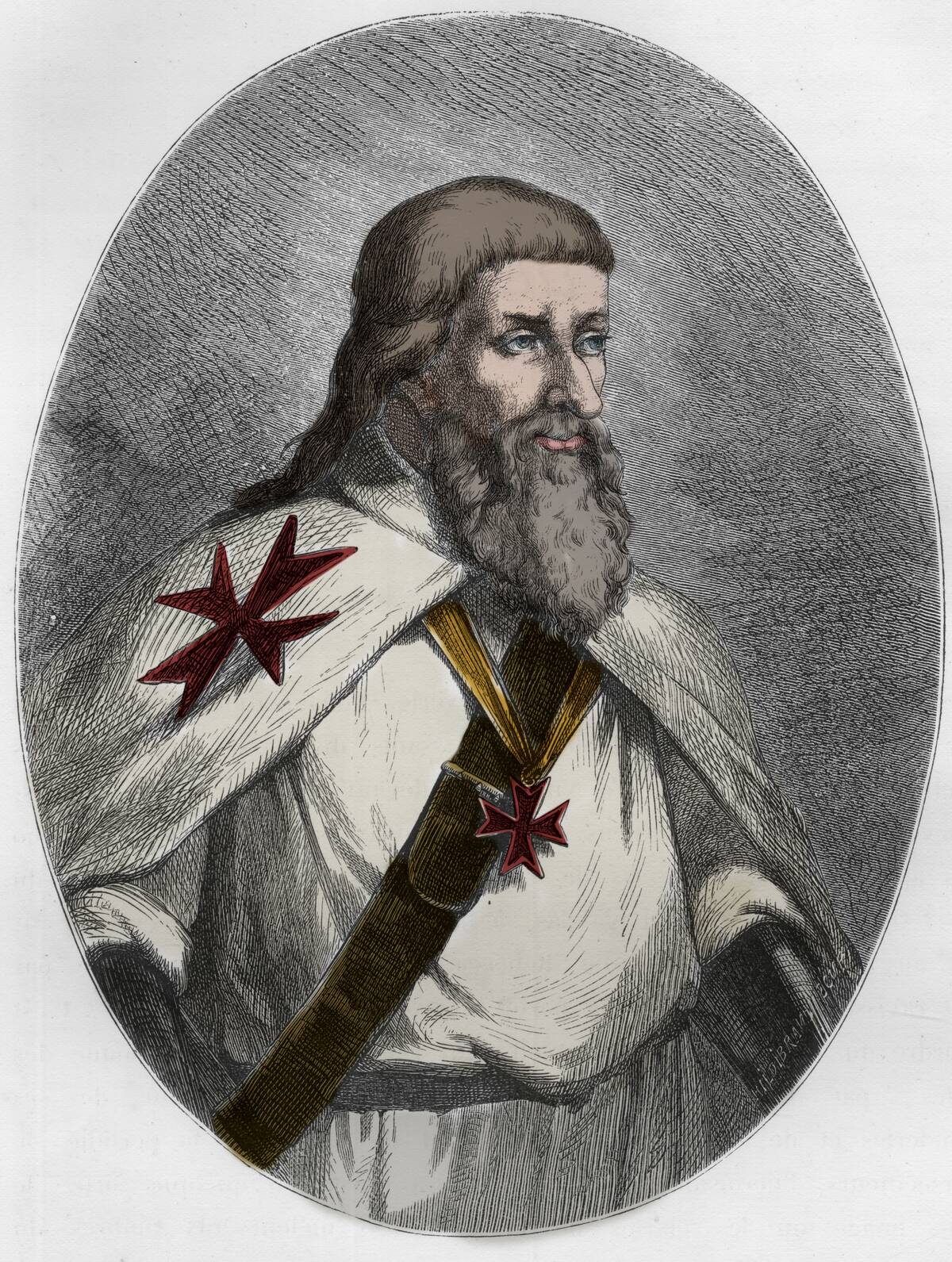
The last Grand Master of the Knights Templar, Jacques de Molay, met a tragic end in 1314. After years of imprisonment and repeated attempts to extract confessions, de Molay was burned at the stake in Paris. His execution marked the final chapter in the Templar saga.
According to legend, de Molay cursed King Philip IV and Pope Clement V, predicting their untimely deaths. Indeed, both men died within a year of his execution. De Molay’s martyrdom has since become emblematic of the Templars’ enduring legacy.
The Legacy of the Knights Templar: Fact vs Fiction

The legacy of the Knights Templar is a complex tapestry woven from both historical fact and fanciful fiction. While their military prowess and financial innovations are well-documented, myths continue to cloud their true story.
From tales of hidden treasures to secret societies, the Templars’ enigmatic allure persists. Their influence on medieval society and subsequent legend-making has left an indelible mark on history. Today, the Templars remain a symbol of the enduring fascination with chivalry, mystery, and the search for truth.



